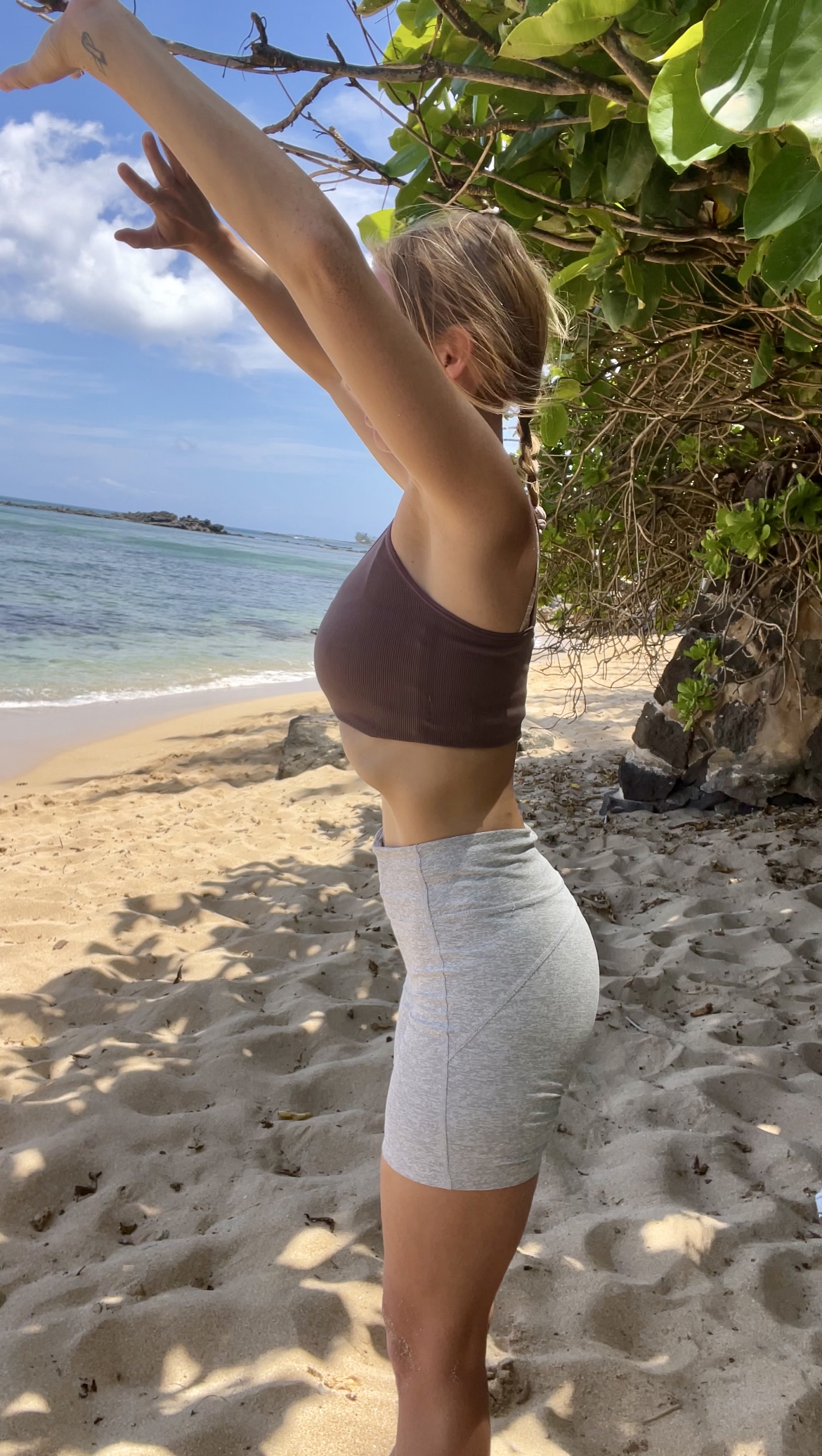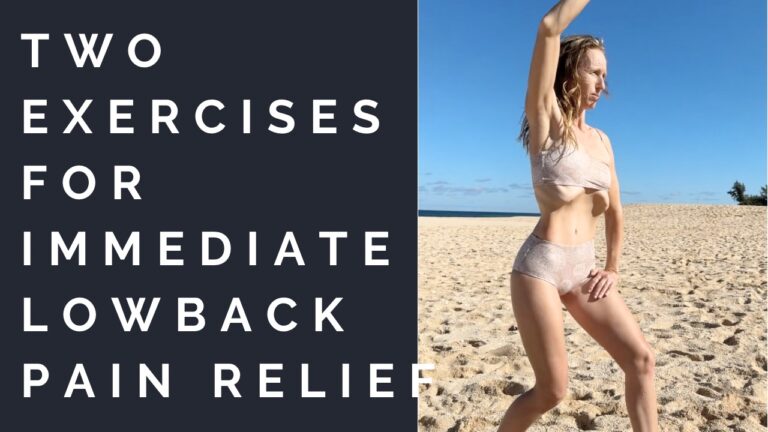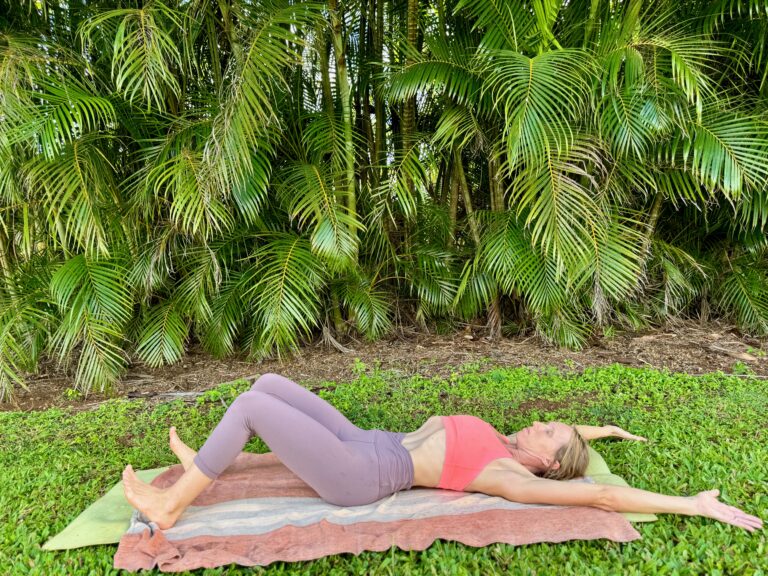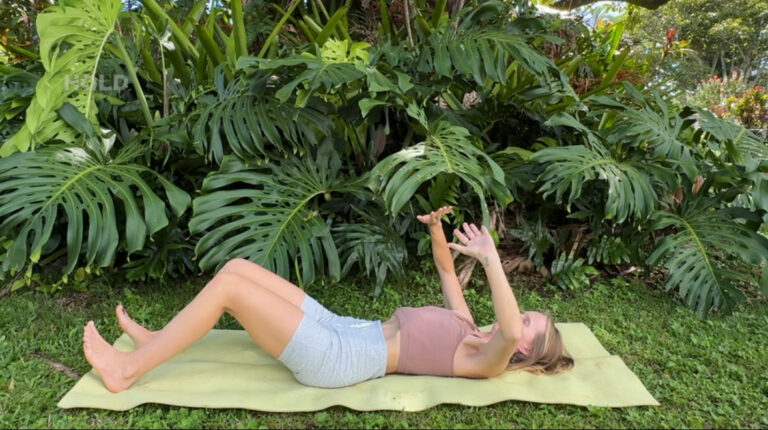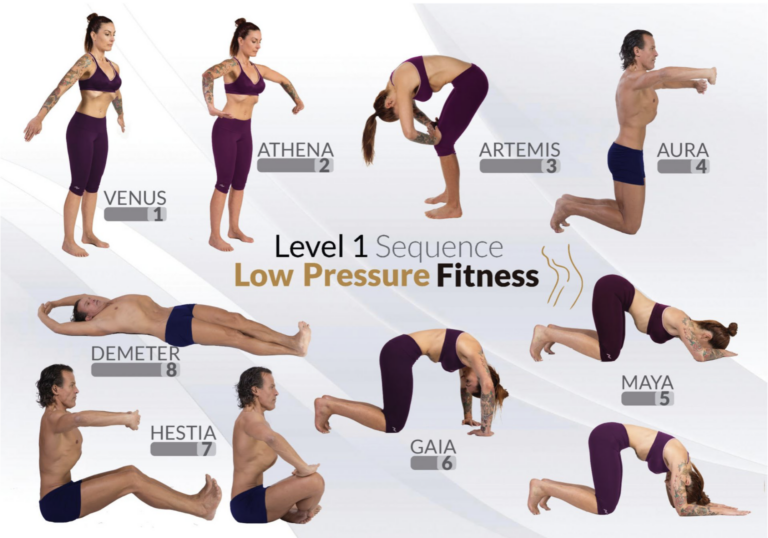best pelvic floor exercise postpartum
Bringing a new life into the world is an incredible experience, but it can take a toll on your body—especially your pelvic floor. After pregnancy and childbirth, many women experience changes like weakened muscles, incontinence, or discomfort that can affect daily life and overall well-being. The good news? You can strengthen your pelvic floor and regain control, comfort, and confidence with the right exercises.
In this blog, we’ll dive into the best pelvic floor exercises for postpartum recovery, whether you’ve had a vaginal delivery or a C-section. These simple yet effective movements are designed to fit into your busy schedule, helping you rebuild strength and support your body’s healing process. Let’s get started on your journey to feeling strong and empowered again!
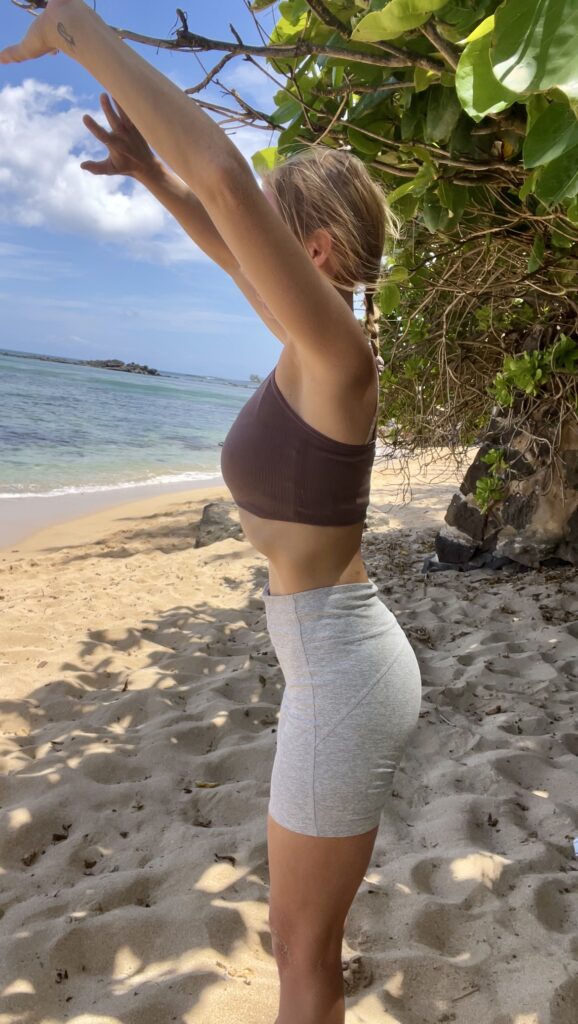
What pelvic floor exercise to do immediately postpartum
I am a big fan of enjoying those newborn days. You can’t get them back, and it’s such a magical time. However, after a few weeks, it may feel right to do a little.. something! There is that 6-week waiting period when doctors prefer you not to exercise and focus on resting and recovering. And I agree! Soak up those six weeks of taking it easy!
That being said, there is something you can do during that timeframe that is not detrimental and can be very beneficial. That is hypopressive breathing and low pressure fitness training.
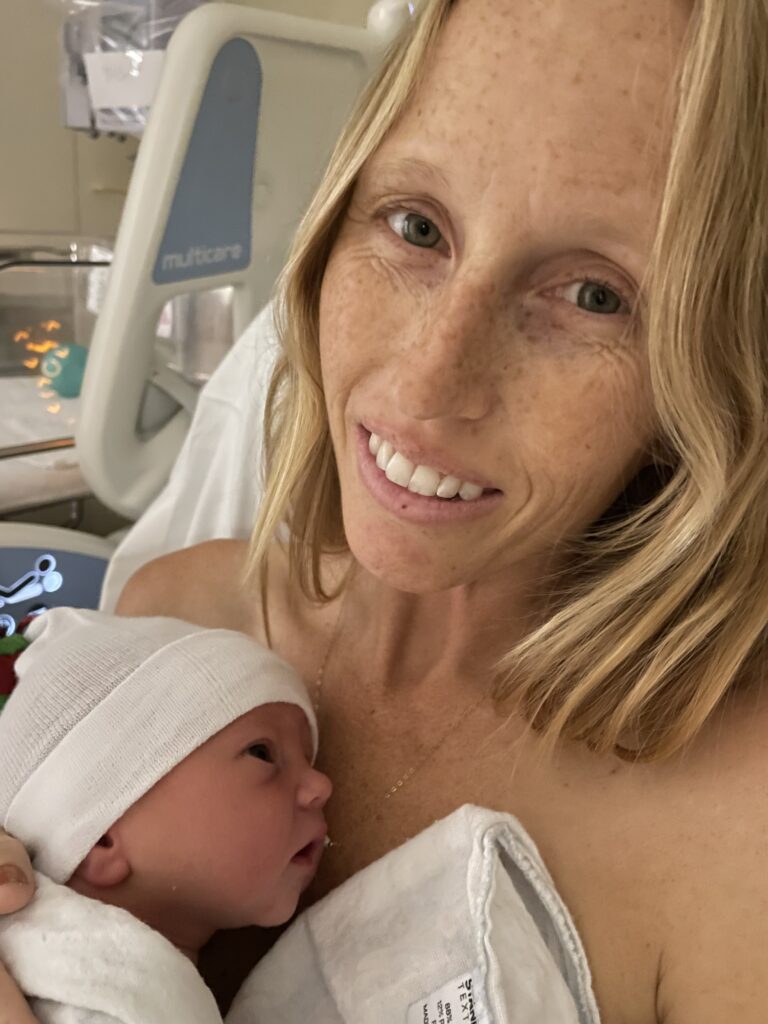
What is hypopressive breathing
Hypopressive breathing (AKA latero-costal or ribcage breathing) is a type of breathing that uses the mechanism of breathing into the ribcage, expanding the ribs in all directions. This latero-costal breathing helps to reduce pressure through the abdomen, optimize the position of the abdominal organs, and reflexively engage the pelvic floor muscles.
Hypopressive breathing encompasses the following principles:
- Slow lateral breathing: Breathing slowly, expanding the ribcage in 360-degree direction.
- Axial elongation: Growing through the crown of the head during slow exhale.
- Breathing at a 1:2 ratio: Inhaling for 4 seconds, exhaling for 8 seconds.
- Abdominal vacuum technique: At the end of the third breathing, the air is fully exhaled, the breath is held, and the ribs are expanded. This mechanism creates a suctioning effect in the abdominal cavity, maximizing reduced pressure, core engagement, and lifting of the organs.
What is Low Pressure fitness exercise?
Low Pressure Fitness exercise is a training system that uses hypopressive breathing, myofascial stretching, and neurodynamics. This exercise trains the myofascial system without increasing pressure in the intra-abdominal cavity.
The main goals of Low Pressure Fitness, taken from the Level 1 Handbook by Tamara Rial:
- To tone deep abdominal and pelvic floor muscles
- Enhance posture
- Prevent all types of herniation (abdominal, vaginal, etc)
- Regulate and/or improve respiratory parameters
- Prevent and/or reduce the symptoms of urinary incontinence
- Improve the management of intra-abdominal pressure
- Improve venous return
- Prevent musculoskeletal injuries
- Improve lumbo-pelvic stabilization.
- Enhance the quality of life and well-being. (1)
You can try these free low pressure fitness exercise flows on my YouTube channel:
why is low pressure fitness exercise and hypopressive training the best pelvic floor exercise Postpartum?
With reducing pressure, engaging the core, and optimizing posture and alignment this training system is so good for your postpartum recovery that you can do it almost right away. Please keep in mind, If you have had a c-section birth, it may be beneficial to wait the recommended timeframe for the incision to heal. Otherwise, if you had a vaginal birth without significant complications, you can start this gentle hypopressive breathing when you feel it is the right time. I would encourage you to start with level 1 low pressure fitness flows and progress to level 2 and 3 as you feel ready. My YouTube channel has level 1 and level 2 hypopressive exercise flows that will guide you as your progress in the intensity of these flows.
Try This Level 1 Low Pressure Fitness Flow:
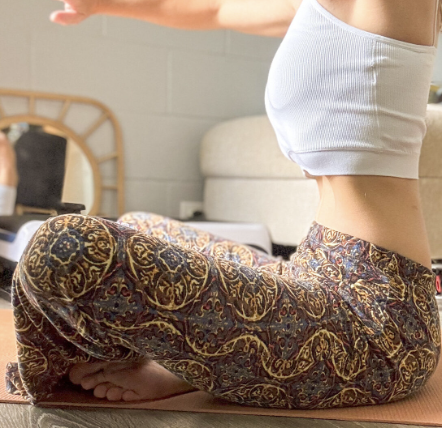
Medical Disclaimer
This website is not intended to replace medical advice. This blog post is for informational purposes only. Please seek the advice of your medical provider before beginning any new type of exercise routine.
References
- Level 1 Low Pressure Fitness Manual by Tamara Rial

